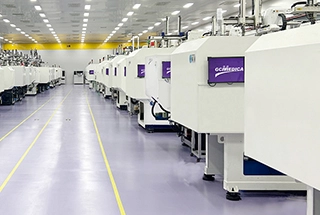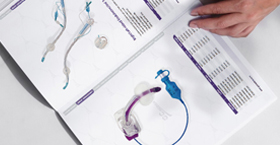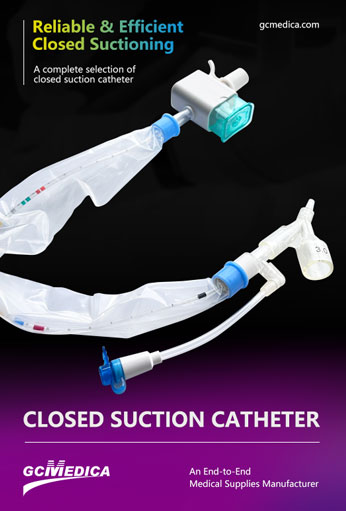A closed suction system is a vital respiratory care component used to remove tracheobronchial secretions without disconnecting the patient from the ventilator circuit. By maintaining a closed circuit, it minimizes the risk of hypoxemia and infection transmission and preserves positive end‑expiratory pressure (PEEP). Closed suction assemblies typically consist of a sterile, multi‑use suction catheter enclosed within a protective sheath, a collection chamber or canister, connecting tubing, and a universal adapter to the endotracheal or tracheostomy tube.
Cost Factors
Several variables influence the price of a closed suction system:
Disposable vs. Reusable Components: Fully disposable kits cost less per unit but generate ongoing supply expenses. Hybrid systems with reusable canisters and disposable catheters balance initial investment against per‑use cost.
Kit Configuration: Single‑catheter kits (designed for one patient over 24 hours) are less expensive than multi‑catheter systems (intended for up to 72 hours).
Regional Pricing: Supply chain logistics, import duties, and local regulations can cause price variations between regions (e.g., North America vs. Asia).
Volume Discounts: Hospitals purchasing in bulk often negotiate reduced unit prices, whereas small clinics pay higher per‑unit rates.
Regulatory Compliance: Products adhering to stringent quality standards (e.g., ISO 13485, CE marking, FDA clearance) may carry higher costs.
Below is a summary table of typical price ranges (in USD) for different closed suction system configurations:
| System Type | Components | Intended Use | Typical Unit Cost (USD) | Notes |
|---|---|---|---|---|
| Fully Disposable, 24 hr Kit | Single catheter, sheath, tubing, canister | Short‑term ventilation | $15 – 20 | Designed for single‑patient use over 24 hours |
| Multi‑Use, 72 hr Kit | Two to three catheters, reusable canister | Intermediate‑term use | $25 – 35 | Canister reused; catheters replaced every 24 hrs |
| Reusable System Core | Reusable suction module, canister | High‑volume settings | $200 – 400 | Initial capital purchase; minimal ongoing costs |
| Hybrid Disposable Pack | Disposable catheter plus reusable module | Combination use | $10 – 15 (catheter only) | Module amortized; per‑use cost limited to catheter |
| Pediatric‑Specific Kit | Narrow‑bore catheters, small canister | Pediatrics and neonates | $12 – 18 | Smaller sizes; lower fluid capacity |
Cost‑Benefit Considerations
While fully disposable systems incur higher recurring expenses, they eliminate reprocessing costs and complexities related to sterilization validation. Reusable cores require upfront capital but reduce long‑term per‑procedure costs, especially in high‑throughput units. Hybrid solutions can optimize budgets by combining a one‑time investment in robust hardware with affordable consumables.
Budgeting Tips
Forecast Usage: Estimate daily suction procedures to model annual consumable needs.
Negotiate Contracts: Leverage forecasted volumes for tiered pricing.
Evaluate Total Cost of Ownership: Include reprocessing labor, sterilization supplies, and potential downtime when comparing reusable versus disposable systems.
Monitor Waste: Ensure adherence to catheter replacement schedules to avoid premature disposal or extended use beyond recommended dwell times.
Overall, selecting the most cost‑effective closed suction configuration depends on patient population, ventilation duration, staffing capabilities for reprocessing, and institutional budget constraints. By carefully assessing these factors, healthcare facilities can achieve both clinical efficiency and financial sustainability.
| Closed Suction Catheter > |

 Français
Français Español
Español Products
Products
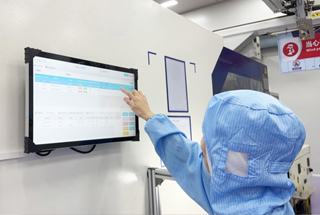
 About Us
About Us




